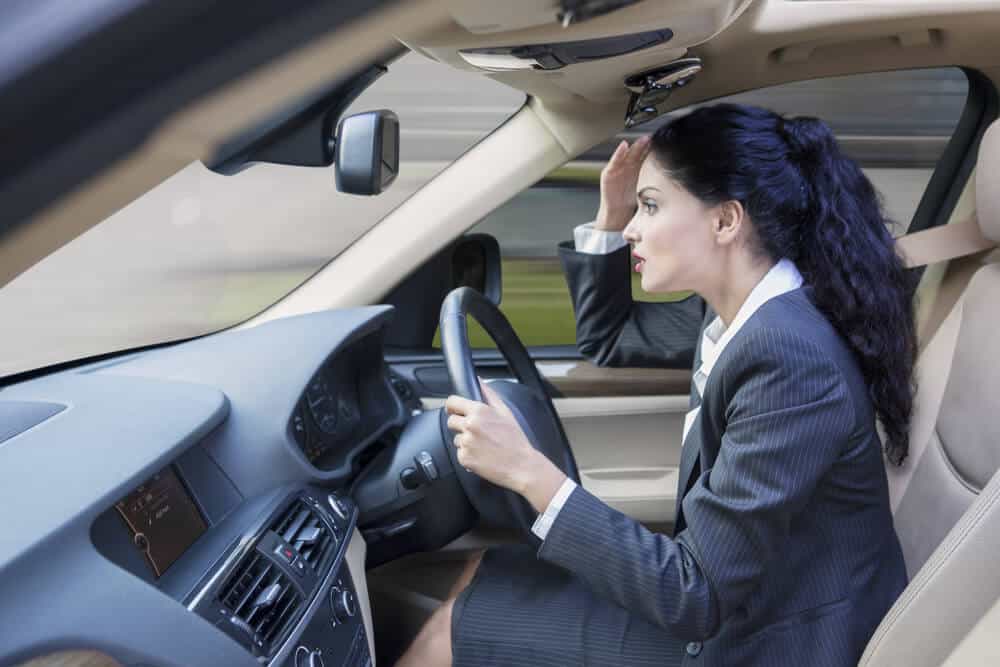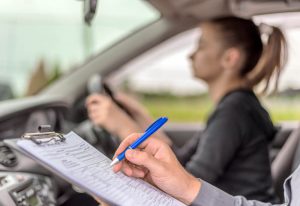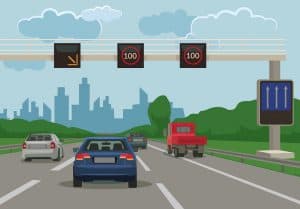4 Vital Facts That Make a Crash Likelier [Statistics]
More help for you
If you aspire to be a responsible driver, it’s a smart idea to understand the factors which contribute to road accidents.
Being aware of these hazards makes them easier to spot as they develop, helping you to prevent potential crashes. As our article explains, it’s also important to ensure that you are always in a fit state to drive. Tiredness is often the reason why motorists involved in collisions make basic mistakes -- and fatigue can make you a danger to fellow road users and pedestrians, potentially with fatal consequences.
Failing to Look Properly
According to statistics from the Government, the share of road accidents caused by drivers who have failed to sufficiently check their surroundings has soared over the past decade. Just over 32% of collisions reported this as a contributory factor in 2005 -- but by 2014, this had soared by 12 percentage points to 44%.
To prevent accidents, you need to constantly be on the lookout for pedestrians, vehicles pulling out, and especially bikers. Always bear in mind the prospect that another road user may fail to look properly too, and try to make adjustments when you believe someone else is driving erratically.
One reason why people often fail to check their surroundings is because they are in a hurry. It’s crucial that you allow enough time to complete journeys, as a heightened sense of urgency can often cause you to make impulsive decisions that put other people in harm’s way.

Impulsive decisions made while driving in a hurry save you very little time but increase your chances of an accident
The Danger of Distractions
There’s no denying that most of us are now more reliant on gadgets such as smartphones than a decade ago. But unfortunately, using a mobile phone behind the wheel is contributing to an increasing number of accidents. The Government recently said it was determined to create a stigma around texting while driving -- just like the one that’s now attached to drink driving after many years of campaigning.
The most recent figures available, from 2015, show that there were 22 deaths and 99 serious injuries on the UK’s roads where mobile phones had a contributory role. And now, the punishment attached to using a handheld gadget have been doubled. As well as a £200 fine you could get six penalty points if caught -- and if you’re currently swotting up for your practical or theory test, you’ll know that six points is enough for a driving licence to be instantly revoked if you’ve had it for fewer than two years.
Of course, it isn’t just handheld devices which can be the problem. In-car entertainment systems, sat navs and even chatty passengers can also divert your attention from the road. It’s important to keep distractions to a minimum, and if it’s really urgent to call or text, pull over when it’s safe to do so. The following video contains all common distractions that are life-threatening.
Misjudging the Conditions
Checking the weather forecast before you head out to work in the morning can be surprisingly useful in helping you to drive appropriately. Sometimes, there are few visual indicators that roads might be slippery -- especially when it comes to black ice.
Crashes can also be caused by people who drive at inappropriate speeds, meaning it will take them longer to come to a stop. Wet or icy surfaces can multiply these stopping distances many times over, making it more difficult to respond to hazards when they arise and increasing the likelihood of a collision. A significant proportion of accidents (and 31% of collisions involving a fatality) involve at least one of these factors. The following video will help you learn how to drive on the snow.
How Your Theory Test Can Prepare You for Hazards
All this talk about the risks of driving can be incredibly daunting and scary -- especially for new motorists. However, making the effort to revise and pass your theory test with flying colours can provide all of the training you need to drive with confidence and have an awareness of the precautions you should be taking on the road.
One recent addition to theory tests is the hazard perception test. For each question there are up to five points up for grabs, depending on how quickly you identify the danger ahead. Practising this format can be invaluable for when you’re in the exam room, not to mention when you’re flying solo on the road. Here is the official DVSA guide to help you understand the hazard perception test.
What to Do If You Are in an Accident
Unfortunately, a collision is possible even if you make every effort to eliminate risks. You should contact the emergency services if there are injuries, and make sure you exchange details with other people involved in the crash. Get down details such as registration numbers, the time and date of the collision, and try and get a sketch of where the vehicles were. Here is more about what you need to do after an accident.



